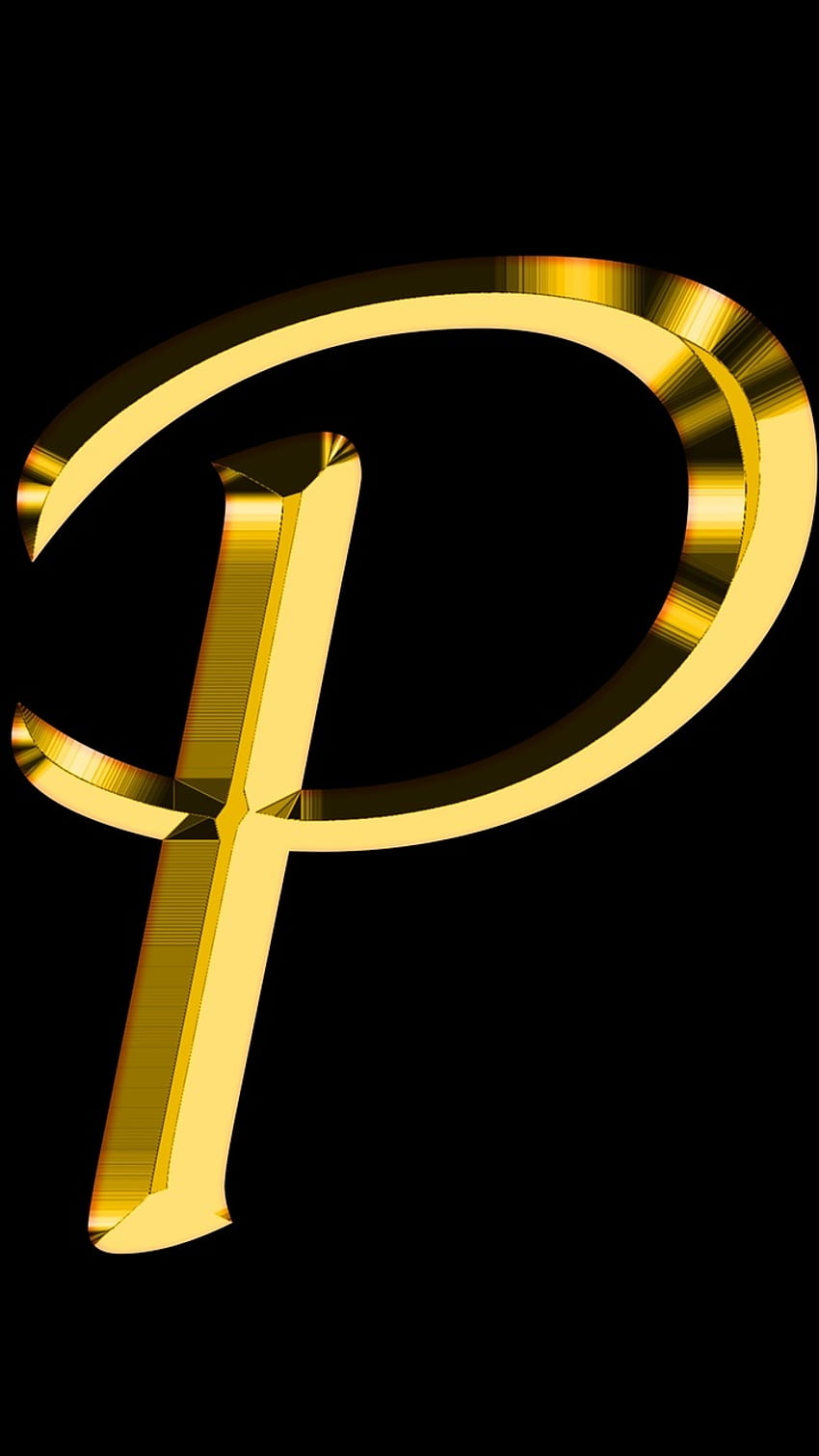When you think about music, business, and fashion all rolled into one, Sean "Diddy" Combs, or P Diddy, certainly comes to mind. His impact goes far beyond the charts, shaping trends and influencing how people dress and present themselves. Many folks, you know, are curious about the clothing lines and other items he has put his name on over the years.
His connection to style and popular culture is a big part of his story, and that naturally extends to the things he creates for people to wear or use. From the early days of his career, he understood how clothes could speak volumes, making a statement about who you are and what you stand for. It's really quite interesting to see how his personal flair shows up in the various pieces of P Diddy merchandise that have come out.
This article will take a look at the different parts of his brand, exploring what makes his merchandise appealing and how it has kept up with changing tastes. We'll also consider how people find and connect with these items, sometimes, you know, even looking for those special pieces that truly capture the spirit of his work.
Table of Contents
- Diddy - A Brief Life Story
- What Makes P Diddy Merchandise So Appealing?
- How Did Sean Combs Get His Start in Fashion?
- The Bad Boy Era and Beyond
- Where Can You Find Authentic P Diddy Merchandise?
- What Sorts of Items Are Part of P Diddy Merchandise?
- The Cultural Footprint of P Diddy Merchandise
- The Future of P Diddy Branded Items
Diddy - A Brief Life Story
Sean John Combs, known to many as Diddy, P Diddy, or Puff Daddy, has had a very interesting life path. He was born in Harlem, New York, and grew up in Mount Vernon. His journey into the public eye started in the music business, but he quickly moved into other areas, too it's almost like he had a natural sense for what people wanted.
He created Bad Boy Records, which became a huge force in music during the 1990s. This record company helped shape the sound of an entire generation, bringing out big artists and making its own distinct mark. His vision wasn't just about music, though; it was about a whole lifestyle, and that naturally included clothes. He really understood how to build a brand around himself and the artists he worked with, which is pretty clever, honestly.
Over the years, he has taken on many different titles, from music producer to fashion designer to entrepreneur. Each step, you know, added another layer to his public identity. His career shows how someone can move from one creative field to another, making an impact wherever they go. It's quite a story, actually.
Personal Details and Bio Data
| Detail | Information |
|---|---|
| Full Name | Sean John Combs |
| Born | November 4, 1969 |
| Birthplace | Harlem, New York, USA |
| Other Names | Puff Daddy, P. Diddy, Diddy, Diddy Dirty Money, Love |
| Occupation | Rapper, record producer, record executive, actor, fashion designer, entrepreneur |
| Music Genres | Hip hop, R&B |
| Record Label | Bad Boy Records |
What Makes P Diddy Merchandise So Appealing?
People often wonder why P Diddy merchandise holds a special place for many fans and fashion followers. A big part of it, I mean, is the connection to his personal style and the culture he helped create. His brand items often carry a feeling of success and a certain kind of swagger that people want to have for themselves.
The appeal comes from more than just the name. It's about how the clothes make you feel when you wear them. They are meant to give off a vibe of confidence and a bit of luxury, even if it's just a t-shirt or a hat. That connection to a bigger lifestyle, to being part of something cool, is a big draw, you know.
There's also a sense of history tied to his brand. For those who grew up listening to his music, wearing his merchandise is a way to show appreciation for that era and for the artists who shaped it. It's almost like wearing a piece of music history, which is pretty neat, in a way.
How Did Sean Combs Get His Start in Fashion?
Sean Combs didn't just stumble into the fashion world; he approached it with a clear vision, pretty much from the start. His entry came through his own personal style, which was very noticeable in the music videos and public appearances of his artists. People saw what he wore, and they wanted to dress that way too, or something similar.
He launched his clothing line, Sean John, in 1998. This was a pretty big step for a music mogul at the time. The idea was to bring the style he and his artists represented to a wider audience. He saw a need for clothes that reflected the hip-hop aesthetic but with a touch of sophistication, and that, you know, was a really good idea.
The success of Sean John showed that there was a real market for fashion that came from the music world. It wasn't just about selling records anymore; it was about building an entire brand that included everything from music to clothes. This move, in some respects, really set a new standard for artists branching out into other businesses.
The Bad Boy Era and Beyond
The Bad Boy era, with its distinct sound and visual style, really helped set the stage for P Diddy merchandise. The artists on his label, and Diddy himself, had a look that was recognizable and very much their own. This look often included baggy jeans, flashy jackets, and accessories that felt both street-smart and luxurious, something people really wanted to get their hands on.
As time went on, his personal style and the fashion associated with his brand continued to change. It wasn't just about the early 90s hip-hop look anymore. The brand started to offer a wider range of items, from casual wear to more formal suits, still keeping that sense of cool and confidence. This shift showed that the brand could grow and adapt, which is pretty important for staying relevant, you know.
The influence of the Bad Boy brand extended beyond just clothes; it was about an entire attitude. People who wore P Diddy merchandise weren't just wearing clothes; they were, in a way, wearing a piece of that attitude. It's a bit like how some logos just instantly tell you a story, and his certainly did.
Where Can You Find Authentic P Diddy Merchandise?
Finding genuine P Diddy merchandise, especially older or specific pieces, can sometimes be a bit of a hunt. In the past, his Sean John line was widely available in department stores and clothing shops. You could pretty much walk into many places and find something with his name on it, which was convenient.
These days, for current collections, you might look at official brand websites or major online retailers. For those looking for vintage items or pieces from earlier collections, second-hand shops, online auction sites, or specialty clothing resellers might be where you find them. It's like, the older pieces become collector's items, so their "address" for purchase changes, you know.
It's also worth noting that sometimes, people might come across items that aren't officially licensed. It's important to check the details if you're looking for something truly from his brand. The "value" of a piece, in terms of its authenticity, really depends on where it comes from, actually.
What Sorts of Items Are Part of P Diddy Merchandise?
The range of P Diddy merchandise has been quite broad over the years, covering many different types of clothing and accessories. It's not just one kind of item; there's a whole collection of things that carry his brand's mark. This variety, you know, means there's often something for many different tastes.
You can find everything from casual everyday wear like t-shirts, hoodies, and sweatpants, which are pretty common. Then there are more formal options, such as button-down shirts, blazers, and even full suits. The brand aimed to cover a person's wardrobe for many different occasions, which is a pretty smart way to go about it.
Beyond clothing, the P Diddy merchandise line has also included accessories. This might mean hats, belts, and sometimes even fragrances. These items help complete a look and extend the brand's reach into other parts of a person's daily life. It shows how much thought went into building a complete lifestyle brand, in a way.
The Cultural Footprint of P Diddy Merchandise
The cultural impact of P Diddy merchandise is something quite remarkable. It wasn't just about selling clothes; it was about shaping a particular look and feeling that resonated with many people. His brand helped to bring hip-hop fashion into mainstream retail spaces, making it accessible to a much wider audience, which was a big deal, honestly.
For a time, wearing Sean John items was a clear sign of being in tune with popular culture and a certain urban aesthetic. It helped define what was considered stylish for a generation, blending street influences with a more polished appeal. This kind of influence, you know, goes beyond just sales figures.
The brand also played a part in showing how artists could be more than just musicians; they could be powerful business figures with a hand in many different industries. This idea, that a celebrity could launch a successful fashion line, helped open doors for others to follow suit. It pretty much showed that the "P" in P Diddy could stand for more than just his name; it could represent a whole movement.
The Future of P Diddy Branded Items
Looking ahead, the future of P Diddy branded items, or P Diddy merchandise, seems to be about adapting to new trends and staying connected with what people want. Like any brand that has been around for a while, it needs to keep things fresh while still holding onto what made it special in the first place. This can be a bit of a challenge, you know.
There might be new collaborations or different kinds of products that come out, reflecting where fashion and culture are going. The brand has always been about a certain level of flair and confidence, and it's likely that these core ideas will remain, even as the specific styles change. It's about maintaining that unique identity, that is that.
Ultimately, the lasting appeal of P Diddy merchandise will likely depend on its ability to keep speaking to new generations while also holding onto the loyalty of long-time fans. It's a continuous process of staying relevant and understanding what people want to wear to express themselves, which, in some respects, is the true test for any fashion label.
 The Silent Force In Smart Computing
The Silent Force In Smart Computing


